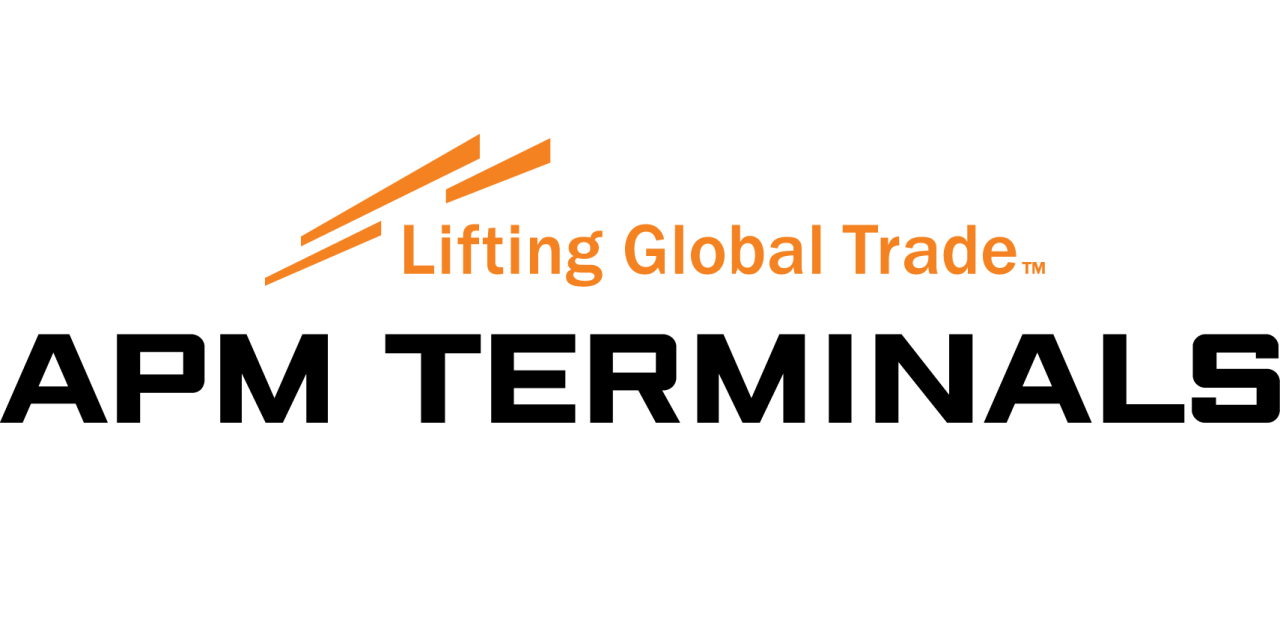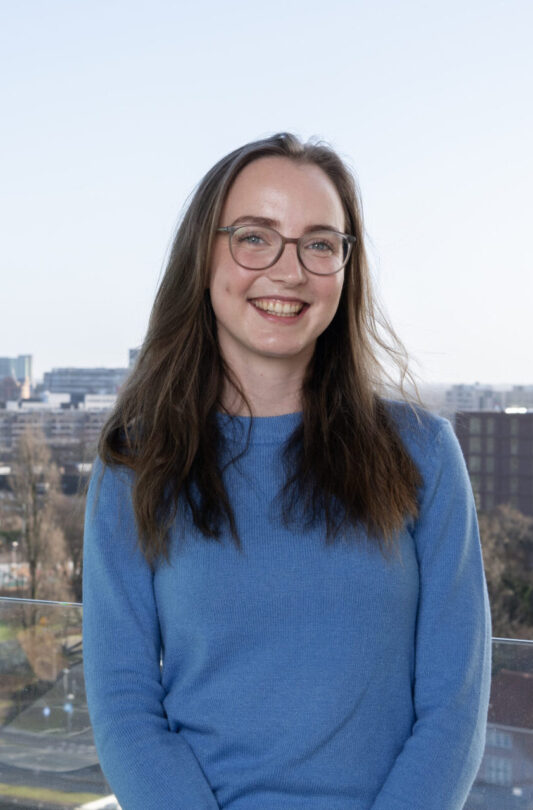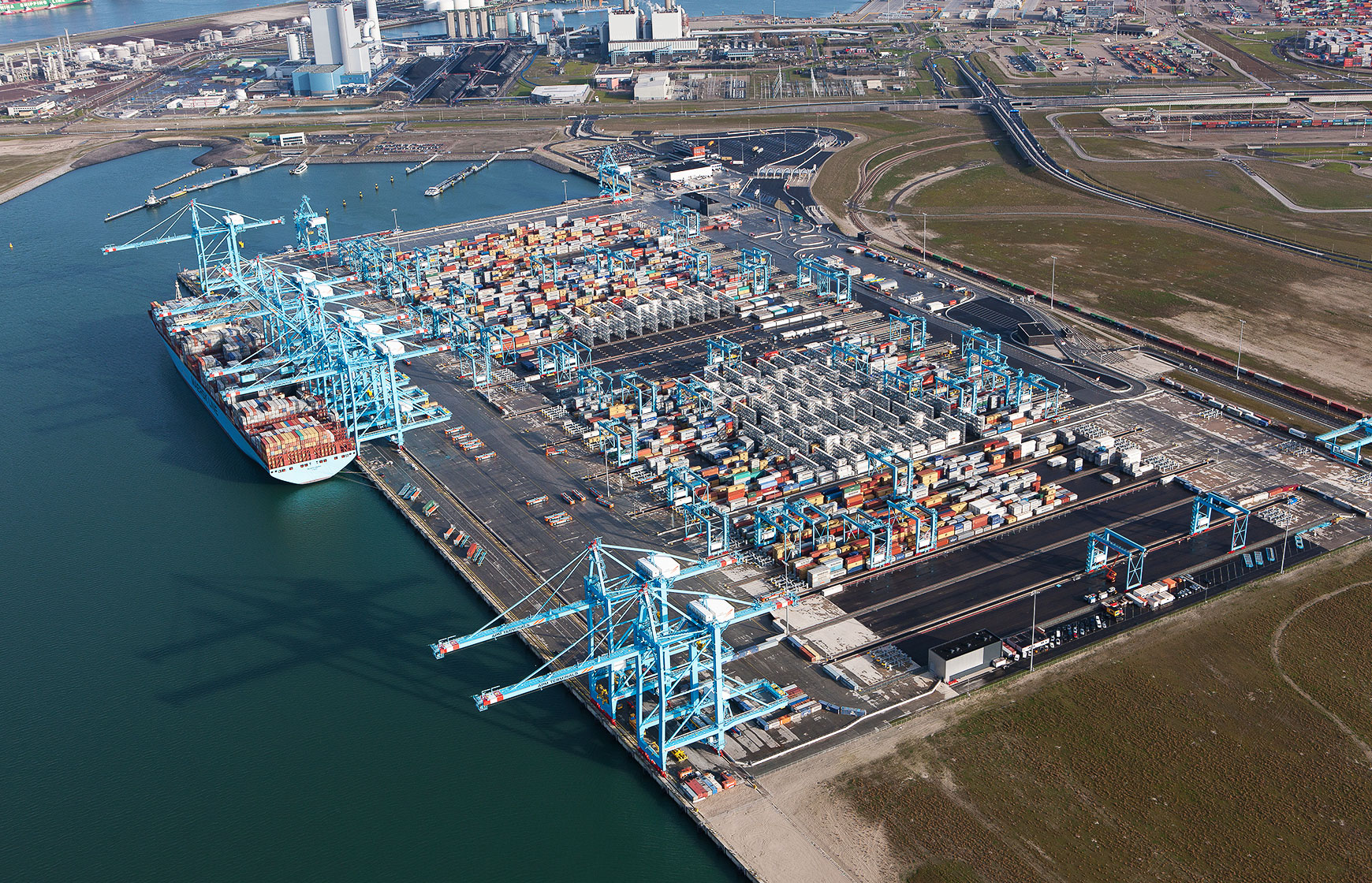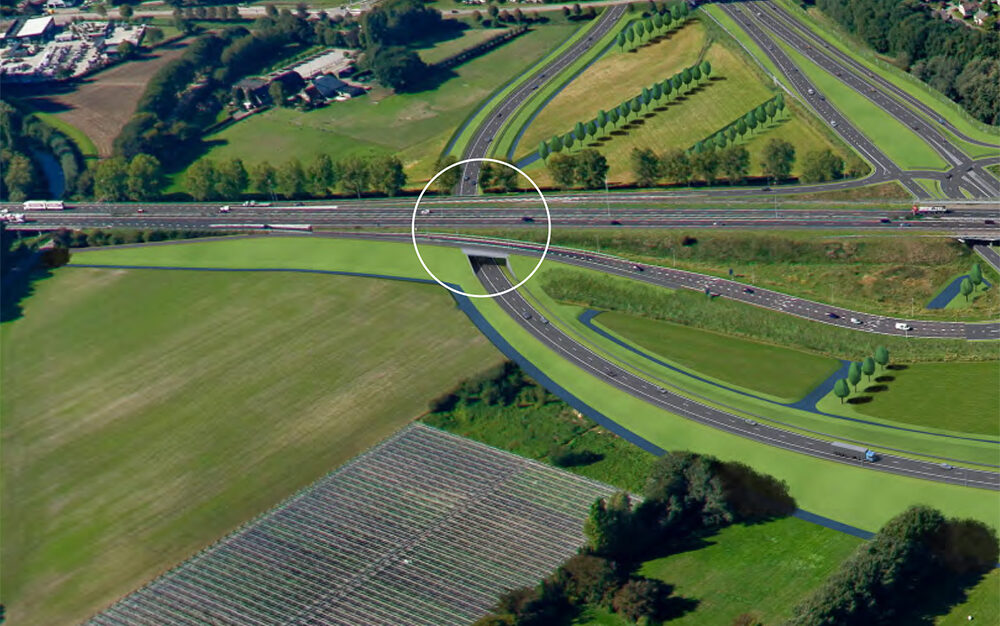How did we approach this project?
Defining project requirements
Every project is different, working in all regions of the world with teams from 3 to 50 people requires bespoke solutions. Setting clear goals, requirements and defining the process to get to a complete business case supported by all functions is where we start.
Crafting a unified vision
A compelling project story board is our most valuable tool for team alignment by talking them through the ‘what’, ‘why’ and ‘how’ of the project. We clarify the current state of the terminal, the vision for change and the path to execution. The story ensures everyone on the team is fully aligned with the project’s objectives and the plan forward. The discussions following the creation of this story board gradually shaped the solution for the business case.
Defining a detailed project scope
We list in detail how we are planning to transform the terminal to fulfil all requirements, this is the scope. In the scope sheet we catalogue all the elements needed for the transformation of the terminal, along with their expected quantities. We can easily cross reference this sheet with the requirements at any moment to check if they are still aligned. In these early stages of the project many assumptions must be made. Cataloguing these assumptions along with the developed scope and assessing how they can impact the business case are crucial to the quality of the case.
Building a cohesive timeline, budget, and risk management plan
To create a complete business case, we develop a project timeline using Primavera P6. Guided by our WBS, we develop a high-level schedule that covers the total scope of the project. Using the combined knowledge of the team we use an extensive Excel spreadsheet to create cost estimates and link this to the schedule. Throughout the development of the solution, risks are identified and quantified in terms of time and cost. When we can, we perform a probabilistic risk analysis and adjust the timeline and CAPEX-estimate accordingly.
Complete business case
We do thorough quality checks of all inputs and make sure all information is aligned. We compile and present the information in a simple and complete way ready to be signed off by all functions and a final investment decision to be made.







